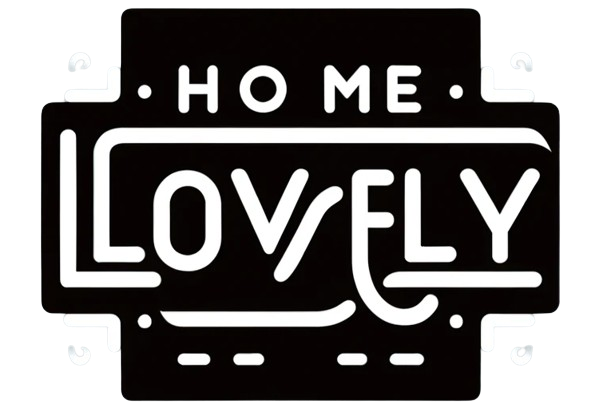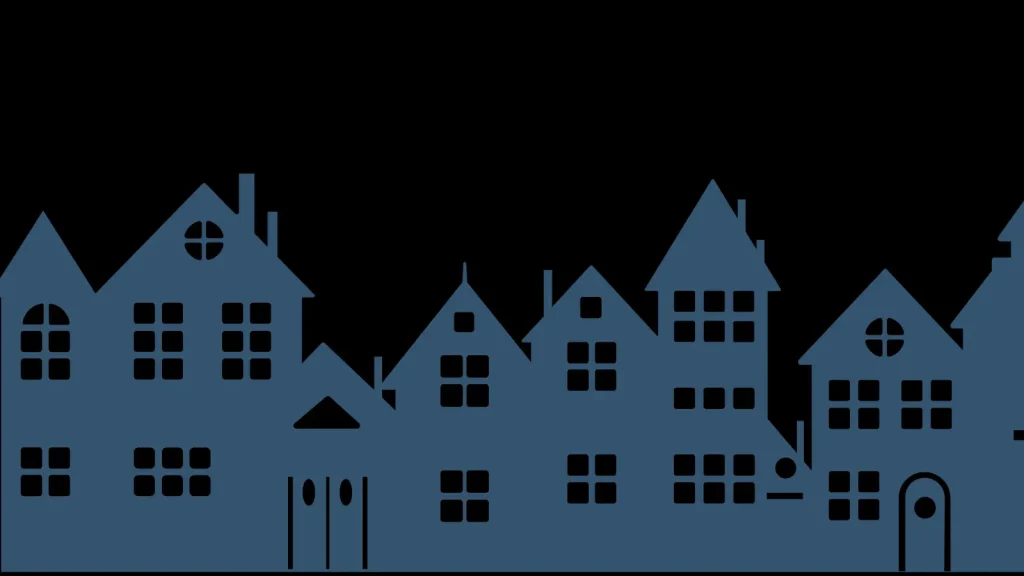The idea of digital twins began decades ago when in the 1960s, NASA used physical and virtual replicas of spacecraft systems to test what could go wrong in space missions. This early concept was a precursor to what we now call a “digital twin.”
In 2002, Michael Grieves of University of Michigan introduced the term “digital twin.” In his presentation about product lifecycle management (PLM), he described how a physical system and its virtual counterpart could share data and then evolve together.
Over the years, many industries adopted this concept of digital twins. These industries included manufacturing, energy, and aviation. They used the twins to monitor machines, predict failures and improve performance.
Recently, the idea of digital twin home systems have started moving to our buildings and homes.
Modern devices like smart sensors, Wi-Fi devices, and smart home systems collect information about what is happening in your house. For example, they can track temperature, electricity use, lighting, air quality, or even how often certain rooms are used.
All this information is sent to digital twin homes like a live computer model. This digital replica shows how your home is working at any point of time and tells you if something needs cleaning, fixing, or saving energy.
What Is a Digital Twin Home?
A digital twin home is a 3-D virtual version of your real house. It shows what is happening inside and outside your home in real time.
This virtual version collects information from sensors, appliances, and heating and cooling systems, lighting and maybe from solar panels.
Based on this information, it knows how your home behaves. It knows how warm it gets, when rooms are used, how much electricity you use, and what needs to be fixed.
It is your home’s digital brain. It is always learning and updating based on the information it receives from modern devices used in the real home. After complete and in-depth analysis of information, it helps you make better decisions like when to run the AC or when a window seal needs repair.
How Does a Digital Twin Home Work?
Let’s understand in detail how the digital twin home system actually works!
Your Home’s Devices and Systems Send Data
Your home systems collect information about your heater (HVAC), solar panels, and water pipes, how warm a room is, how much electricity a panel is producing, etc. This data is constantly sent to the digital system.
The Digital Twin Creates a Live 3D Model
A digital twin is a virtual copy of your house. It uses that incoming information to show your home in three dimensions. In this way you can see how it looks and how it behaves.
It Shows How Your Home Is Performing
This virtual model shows useful insights. It shows how much energy you are using, which rooms are warm or cold, which devices are working too hard, and where maintenance might be needed. For example, you might see that your AC is using more power than usual.
AI Predicts Problems Before They Happen
The system uses patterns it learns from the data to predict issues. It might predict that a pipe is likely to leak next week or your solar panel is about to underperform. This allows you to fix things early before the damage is done.
Read More About: How Home Security Robots Are Enhancing Safety with Smart Technology
Why Everyone Will Want a Digital Twin Home Soon
Let’s discuss the reasons why homeowners will soon want digital twins in their own homes.
Save Money and Energy
Digital twin homes learn how you use electricity, water, and heating. They spot wastage in the form of lights left on in empty rooms, unnecessary heating, etc. They help adjust settings automatically. This makes your home more efficient and your utility bills become lower.
Prevent Costly Damage
Digital twin homes collect and analyze data from your home’s systems. Based on analysis and in-depth learning, they can detect early signs of repair and failure like pipes leaking, cracks forming, overworking of HVAC units, etc.. Fixing issues early avoids expensive repairs later. For buildings, digital twin technology is already used for predictive maintenance.
Easier Maintenance
The digital twin home system keeps track of maintenance automatically. It reminds you when maintenance is needed based on how your home is performing. So, you don’t have to worry when your air conditioner should be serviced or when solar panels need cleaning. .
Safer and Healthier Living
Digital twin homes can include sensors for air quality and humidity and therefore monitor your home environment continuously. They alert you if the internal environment goes out of comfortable ranges. This provides you with better health and safety indoors.
Boost Home Value
People demand homes that are more efficient and resilient. Therefore, having a digital twin home is becoming a desirable feature. This boosts the value of your home.
How to Prepare Your Home for a Digital Twin Future
There are a few simple steps you can take now to get your home ready for the digital twin. Let’s discuss them!
Upgrade to Smart Devices
Preparing your home for a digital twin home requires you to install modern and tech based equipment in your home that can store and present data to the digital twin home system about your home’s internal conditions.
So, install smart thermostats, water sensors, solar monitoring apps, and other IoT devices. These are the building blocks for your digital twin. The twin will use data from these devices to understand the home’s behavior.
Collect and Centralize Data
Use a platform or app that brings together all your home’s information in one dashboard. Having all the information in one place makes it easier for a digital twin home system to work well.
Connect with an Energy or AI Service
Companies like Siemens, Schneider Electric, and Honeywell offer tools and dashboards to turn smart-home data into actionable insights. Linking your home to one of these services helps you.to realize the benefits of a digital twin.
Keep Privacy in Mind
By connecting your smart devices with an AI service or digital twin home system, your home will share a lot of data. So, choose systems that store it securely and give you control over what is shared and who can access it.

Examples of Digital Twin Systems
To understand how this technology is already being used, let’s look at some examples of digital twin systems.
Schneider Electric
Schneider Electric offers digital twin solutions for buildings. Sensors and smart devices track HVAC, lighting, and energy use, etc. and send this information to the digital twin home system of Schneider Electric . Their platform helps building operators monitor performance, predict maintenance needs, and improve efficiency.
Siemens & Bentley Systems
Siemens and Bentley Systems are working together on digital twin home systems. These systems are for buildings and infrastructure. For example, Siemens has a “Building Twin” platform that uses real-time data to monitor buildings’ performance. It tracks energy use, system behavior, and maintenance needs.
FAQs About Digital Twin Homes
1. Are digital twin homes expensive?
Right now, they are not very common. Therefore, costs can be higher. But, prices are falling quickly because smart home devices are becoming cheaper and easier to install.
2. Do they require technical skills?
No, they do not. Once your digital twin home is set up, it works automatically. You can check and control everything through simple mobile apps.
3. Is data privacy a concern?
Yes, data privacy is a concern because digital twins use your home’s data. But if you choose trusted companies and secure systems, your information will stay protected.
4. Are they only for new houses?
No, older homes can become digital twin homes, too, by adding smart sensors, thermostats, and other connected devices step by step.
5. Can a digital twin home help the environment?
Yes, a digital twin home system helps maintain the greener environment by reducing the energy wastage and resource usage. By using the data collected from the Home’s smart devices, these systems can point out where the excessive energy is being used and getting wasted. By doing so digital twin home systems support a more eco-friendly lifestyle. Over time, this can lower your carbon footprint. It makes your home greener.


